

Urban rail transit is the main line of urban public transport, the artery of passenger transport and the lifeline project of a city, which directly influences the travel, work, and life of urban residents. Improving the efficiency of people's travel to save time and promote life quality has a profound impact on the overall development of a city. Under these circumstances, green transport, recognised worldwide as a low energy consumption and low pollution option, is a golden key to solving the "urban disease" and is of great significance to the sustainable development of cities.
As trains run on special tracks where there are no level crossings, they are not interfered with by other modes of transport. And with advanced communication equipment, there are very few traffic accidents on railways. But we cannot ignore the problems that exist in the current railway operations.
The following problems exist in the current railway operations:
l Landslides and falling rocks are prone to occur in the sections where the highway crosses or is adjacent to the railway, the construction sections, the main line of the railway, and the mountainous areas.
l Tunnels are one of the most accident-prone sections of roads. Subject to geographical conditions, there are many bends and sharp curves in tunnels. With limited lighting conditions, travelling safety can be greatly affected when rockfall situations are encountered.
l Sudden intrusions into the track by people, animals etc. occur from time to time.
l The steel frame structure of the shelters in the high-speed railway stations has been exposed to the elements in the course of long-term use. Especially in recent years when extreme weather conditions such as strong winds and rainfall have been frequent, the steel frame structure inevitably suffers from various deformations or damages, which also poses a major hazard to the safety of train operations and passengers.
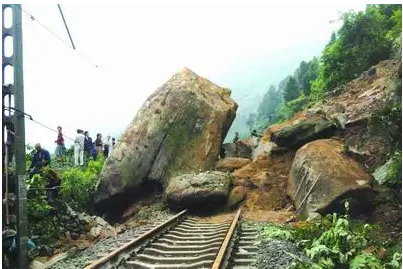

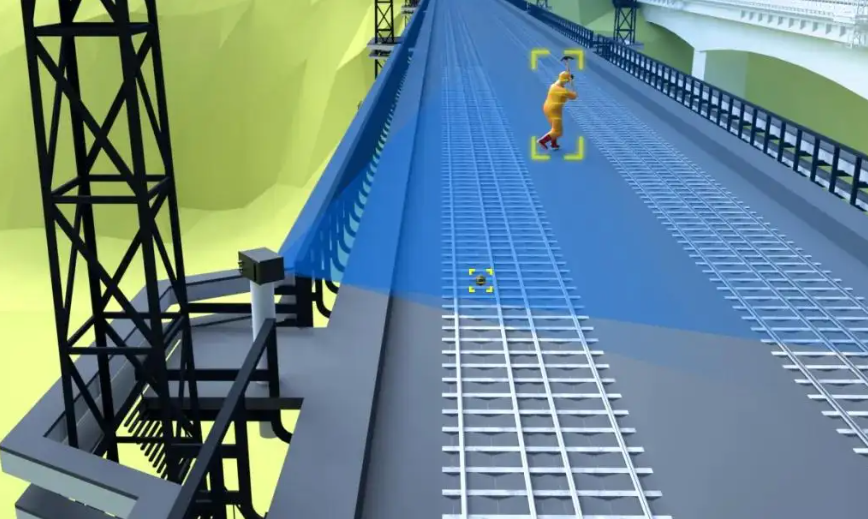
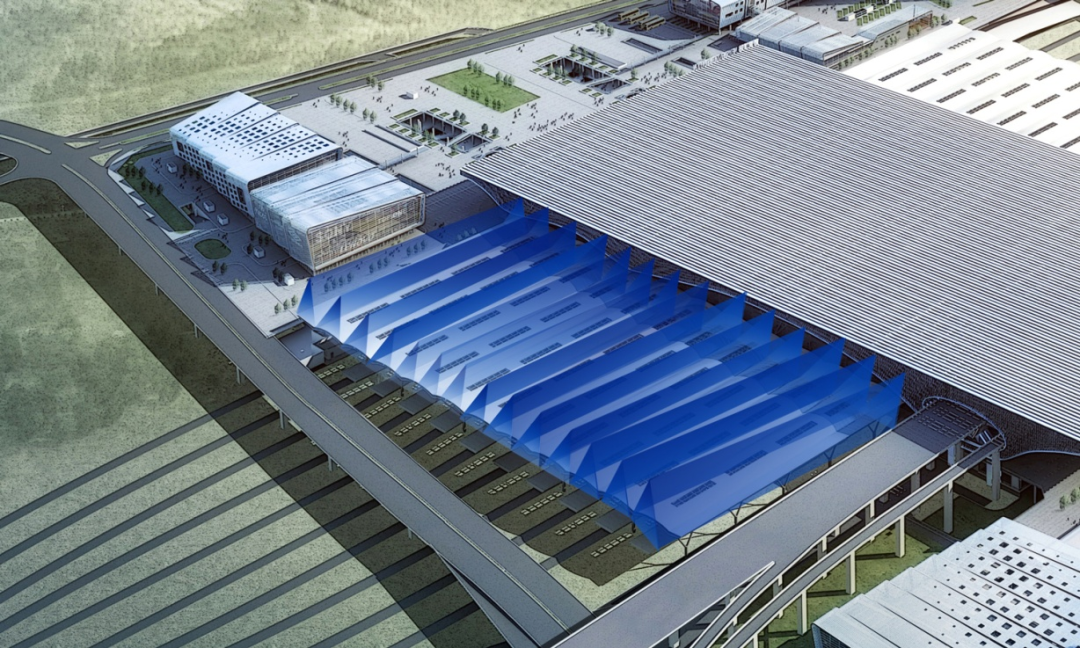
The accidents caused by these problems are often sudden, irregular and unpredictable. Based on the real-time detection technology of the 3D lidar, LSLiDAR has independently developed an intelligent monitoring system for foreign object intrusion in rail transportation – Railway Intrusion Monitor System, providing an overall solution including hardware and algorithm to the problem solving. This system has two ways of deployment: roadside fixed-point installation and vehicle-mounted installation, both of which are characterised by a fast response, accurate foreign object identification, stability and reliability.
l Fixed-point Solution
In the Railway Intrusion Monitor System Solution (fixed-point), 3D lidars are installed in areas where foreign object intrusion to tracks is common, in tunnels, on collapse-prone hills and around platforms, with intelligent monitoring around the clock to provide timely warning of foreign object intrusion.
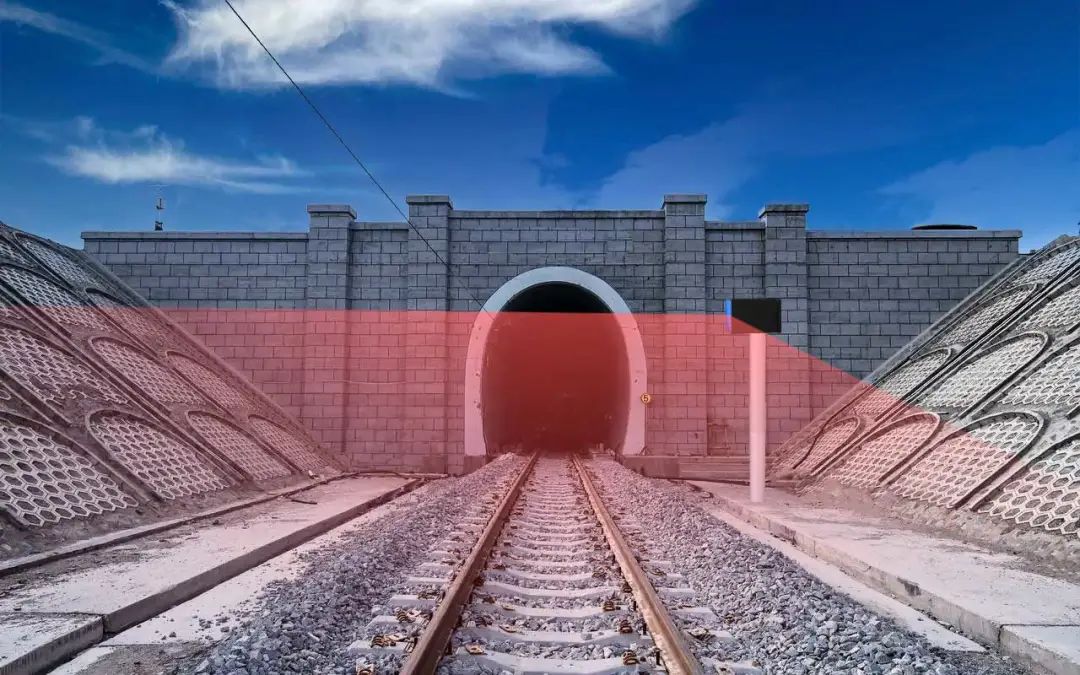
Fixed-point monitoring of track intrusion
In addition, the system is also capable of monitoring field of view conversion to conduct real-time monitoring and warning of sudden disasters such as mudslides on landslide-prone hills.
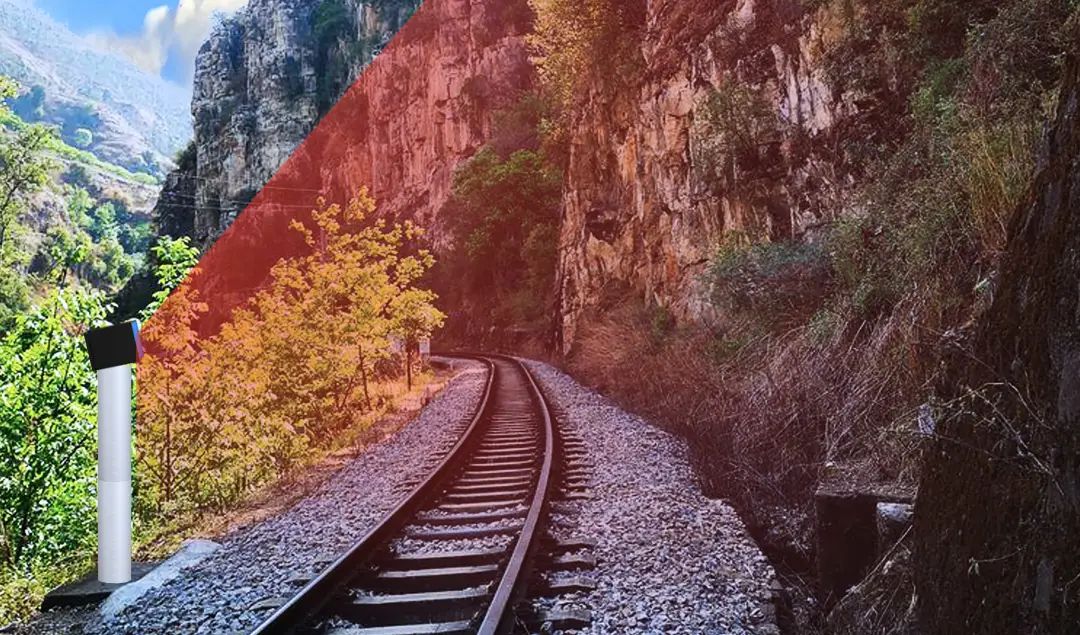
Fixed-point monitoring of mountain conditions on road sections prone to landslides
The lidars used in this system have a wide field of view of 120° x 25°, through multiple lidars combination, they are able to cover the special road sections in all directions without dead ends.
For small objects of 20 x 20 cm, even at a detection distance of 200 metres, the lidar still perceives them effectively with a resolution of up to 0.03° x 0.05°, presenting 5-6 stable point cloud pixel points for clear and accurate identification of foreign objects.
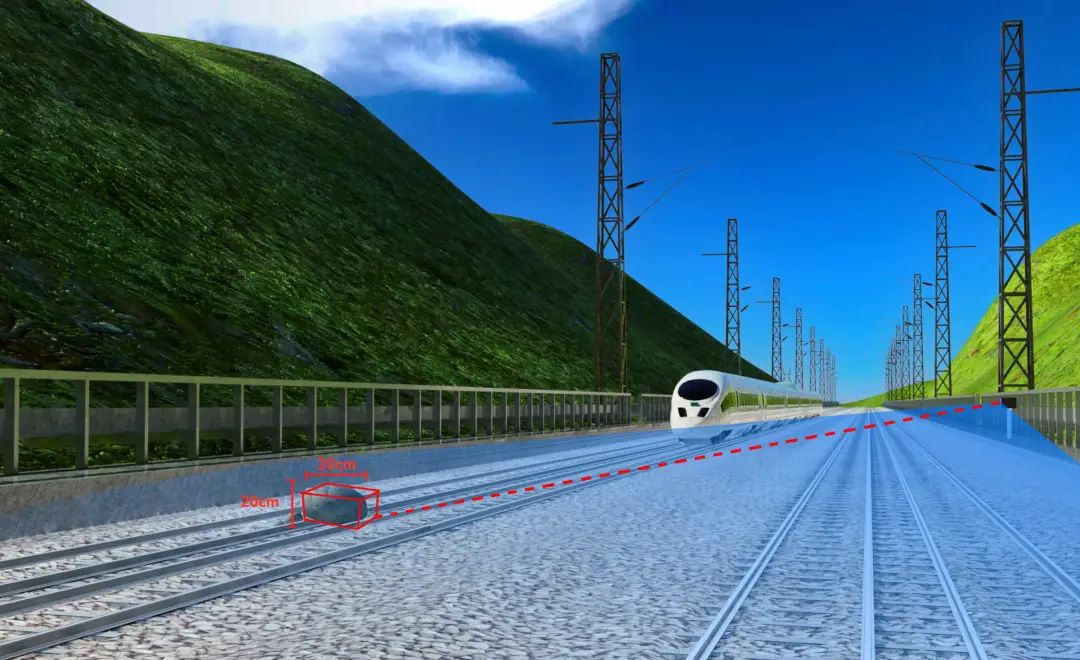
Efficient perception of small objects
According to the need for roadside monitoring, LSLiDAR’s smart lidar can monitor the occurrence of track accidents in real time to achieve a quick response.
While the fixed-point solution is multi-location monitoring and prevention on a known risky road, the vehicle-mounted solution serves as the second line of defence for more unpredictable hazards.
l Vehicle-Mounted Solution
The wavelength of the lidars’ light sources is 905 nm or 1550 nm. All lidars used in this solution are designed according to automotive standards and have been fully integrated and optimised in terms of size, power consumption, functional safety and cost, and have passed a series of stringent tests.
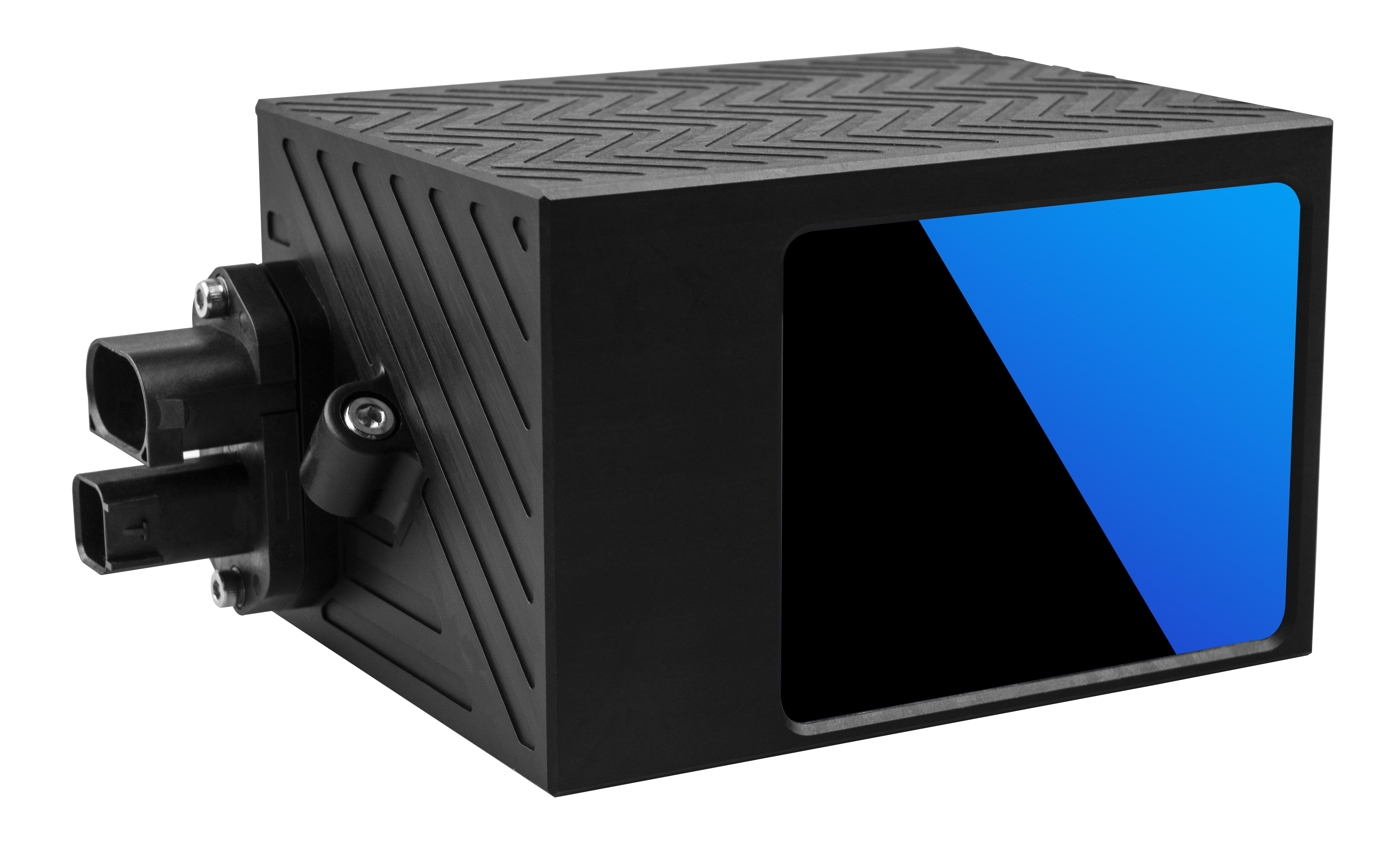
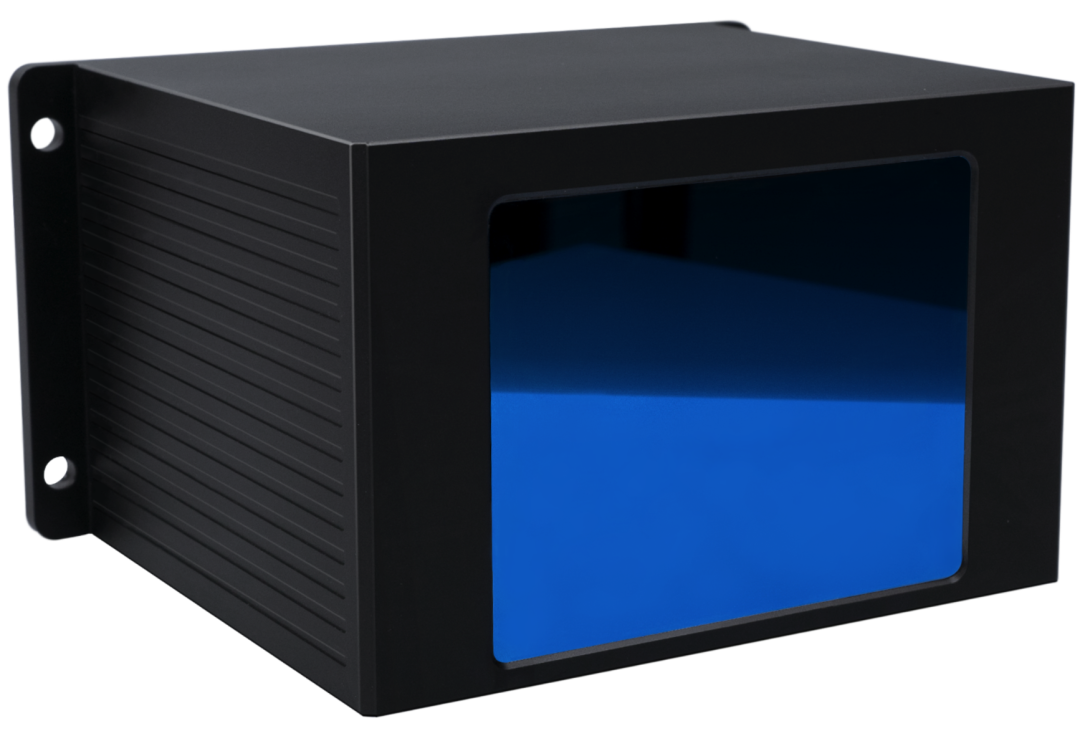
905nmLiDAR
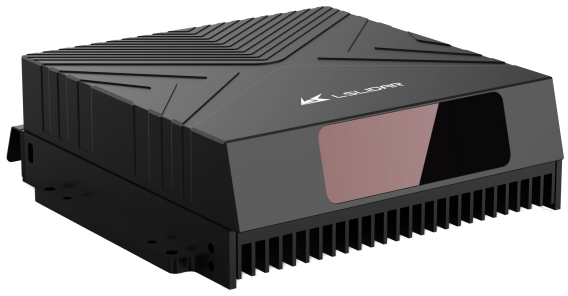
1550nm Fiber Laser Hybrid Solid-state LiDAR
The hybrid solid-state lidar with LSLiDAR’s self-developed 1550 nm fibre laser as the light source is a special feature of the solution. It is resistant to high light intensity, unaffected by natural light and high brightness opposing light, and offers more stable detection, longer detection distance and better detection performance of tiny objects.
The vehicle-mounted solution uses lidar mounted on the front of the vehicle to detect the road ahead in real time without contact, accurately catch foreign objects that invade the track, effectively identify different targets such as human beings, animals, vehicles, rolling stones and falling objects, and output information including distance and 3D profile.

Intelligent monitoring system for foreign body intrusion limit of train end track
The system is equipped with an Inertial Measurement Unit (IMU), which enables the high performance of the system's 3D modelling of the environment ahead and the real-time positioning of the train, even in tunnels where the signal is fading.

Subway measured effect
Once anomalous data is detected within the set monitoring range, the algorithm unit will activate the information distribution and transmission module to report timely alerts of anomalous targets.

Point Cloud
The 1550 nm auto-grade hybrid solid-state lidar, with a detection range of 1.5 m ~ 300 m (250 m @10%), detection accuracy of ±3 cm and frame rate of 10~20 FPS, has a very low miss rate, giving the train driver and traffic control office more safety redundancy time.
For the different speeds of various trains, correspondingly, the detection distance and refresh frequency of the vehicle-mounted lidar need to be tailored to match different train models.
Here below are the speeds of high-speed rail trains, bullet trains, trucks and light rail trains.
The maximum speed of high-speed rail trains is 300 km/h ~ 350 km/h
The maximum speed of bullet trains is 200 km/h ~ 250 km/h
The maximum speed of traditional trains is 120 km/h, 140 km/h and 160 km/h
The maximum speed of light rail trains is 80 km/h or 100 km/h
Due to the fastest operating speeds of high-speed trains, the detection distance and frame rate of the lidar mounted need to be the highest in order to increase the response rate of the system. For this reason, LeiShen offers customised lidars with a kilometre detection range to meet customers’ actual needs, provided that there is no glass barrier in the detection process.
By now, the Railway Intrusion Monitoring System Solution has been successfully applied in Beijing, Shenzhen and Suzhou, which has effectively improved the safety of rail operations.
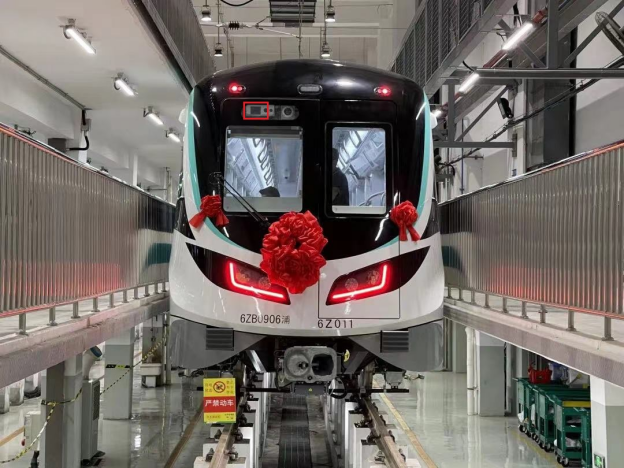
In the future, LSLiDAR hopes to help more cities' rail transportation to reduce the occurrence of rail accidents.





